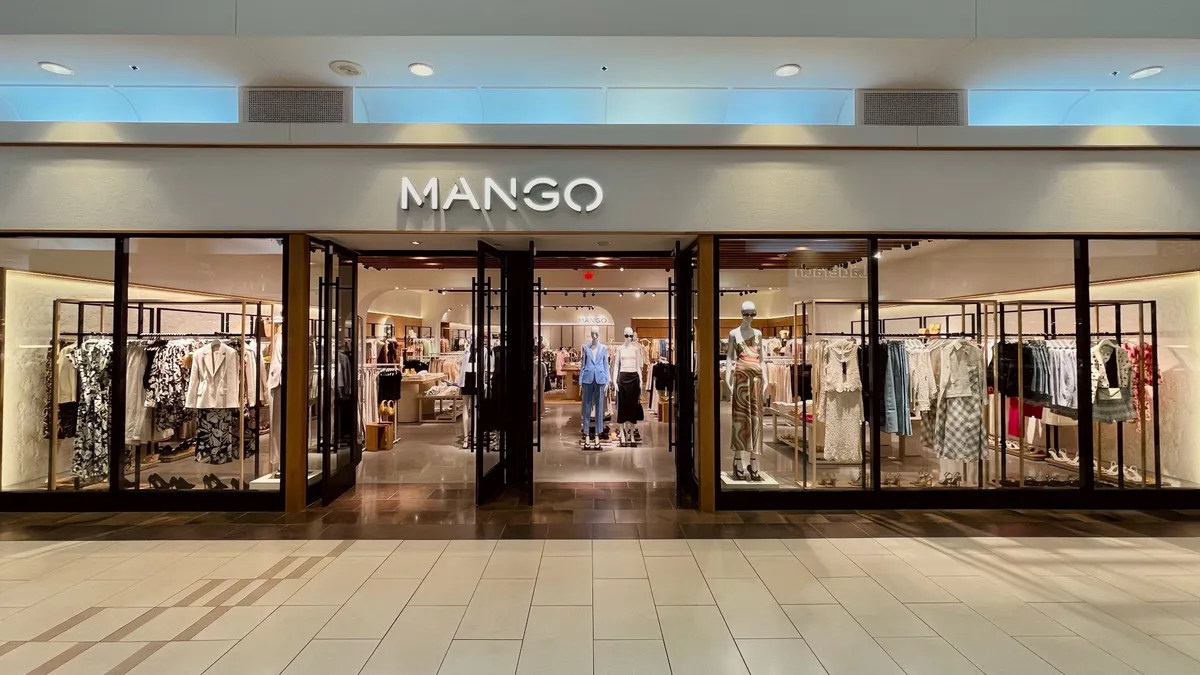Food and Drug Administration Commissioner Scott Gottlieb took aim at various players in the drug supply chain in a Feb. 28 speech, painting a picture of how the system should look.
"We want to create a system that flags illegitimate drugs in the supply chain," Gottlieb said. "A fully digitized supply chain can also help develop predictive analytics to reduce health care fraud, waste, and abuse. It can allow regulated industry and regulators to more easily manage or avoid costly or dangerous supply disruptions."
As a potential solution to challenges across the system, Gottlieb called for standardized documentation practices for the supply chain as a potential solution — and that's where technology comes in.
Most agree the industry is a long way off.
However, Stephen Meyer, a supply chain and life sciences analyst at Gartner, says new supply chain technology provides an opportunity for the industry. Artificial intelligence and blockchain may help automate, sort and analyze data, boosting transparency and visibility to help the industry improve supply chain security while maintaining — or even increasing — profitability.
Visibility is hands down the biggest challenge and the one most likely to be solved with technology.

Stephen Meyer
Research Director, Supply Chain, Gartner
Such advances could also help address the serious problem of counterfeits in the supply chain, an issue that Gottlieb called out in his February speech.
"We see a world where the risk from counterfeit drugs is increasing rapidly," he said. "If we tolerate a single weak link in the system, they'll find it. And they'll develop new ways to exploit it."
How technology can transform the drug supply chain
The drug supply chain is behind on new tech adoption and supply chain best practices, according to Meyer.
While there is unlocked potential in the adoption of new technologies, implementation can be challenging. Different links of the chain aren't willing to share the necessary (and sensitive) data about patients and doctors or even company business plans due to competing incentives.
"Imagine that Walmart and Procter & Gamble didn't collaborate, so each of them had to plan in isolation. That's exactly where we are today. All of that information, your basic demand signals and inventory levels and movements, we don't really have," Meyer explained.
Automating processes, forecasting demand and providing insight on collected data are common use cases for AI. Attaining the data needed to reach AI's full potential, however, can be difficult to achieve in pharmaceuticals due to the siloed nature of information.
Other mainstream supply chain practices, like limiting inventory to meet exact demand, may be harder to implement due to the multiple players separating drugmakers from patients.
According to a Jan. 2017 Gartner report, pharma supply chain leaders have "limited control over pharmacy supply chains, making it difficult for them to synchronize the end-to-end supply chain."
Not only that, but according to the consultancy's list of top healthcare supply chains, many of the top industry companies by revenue had supply chain scores below a six (out of 10). The report did note, though, that some of those top companies — like McKesson and Johnson & Johnson — have been improving year over year in their placements.
For a traditional retailer, inventory management can make a huge difference in the health of the company (see fast fashion retailer H&M, for example). But a pharma company like Pfizer can be the second largest drug manufacturer in the U.S. by revenue and still score a 4.25 out of 10 on its supply chain.
"We talk about the need for visibility but at the end of the day, inventory is your buffer between demand variability and supply variability," Meyer said.
High margins of profitability can also mute incentives to adopt new AI tech to improve supply chain operations.
Experimenting with blockchain
Blockchain, which Meyer said has yet to appear on manufacturers' priority list, offers to help standardize supply chain processes and transactions so that pharma companies can remain compliant with drug regulations in various countries. Not only that, but blockchain could help root counterfeits out of the supply chain. That's a tech solution that aligns with the FDA's recently announced initiatives.
Kevin Kissling, Vice President of 3PL Services at McKesson, said the sensitivity of many new drugs could pave the way for the drug supply chain to adopt new tech just to keep those drugs in the right condition before getting to the consumer.
"Blockchain is still very new and it needs to grow a bit and be standardized, but I think there's a lot of potential there from what we've seen so far," Kissling said in an interview. "As the specialty drugs continue to hit the market they all have their individually unique requirements around temperature control, valuation and cost."
Meyer, however, argues most pharma industry interest in blockchain is just talk. Other solutions like shifting to cloud-based data management or integration are likely to be more immediately popular with the industry as a way to collaborate with each link of the chain.
For drugmakers, investment in supply chain also has to be weighed against the imperative of conducting costly pharmaceutical R&D. The industry is more likely to invest in new technologies and promising biotechs than the supply chain — particularly as investors aren't always wowed by long-term drives toward greater efficiency.
Yet, as targeted treatments and personalized medicine like CAR-T cell therapy gather momentum, supply chains may become just as integral to the product as the drugs themselves.





















